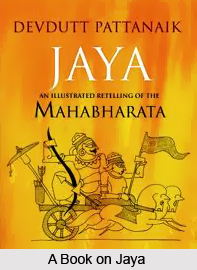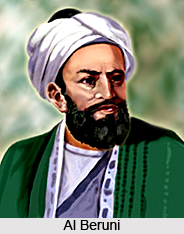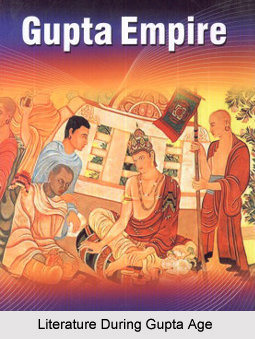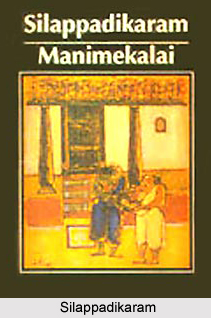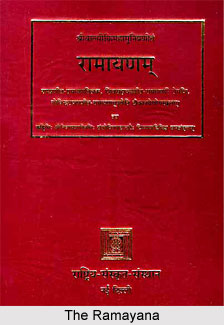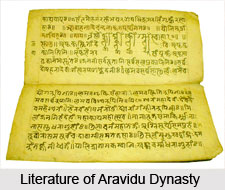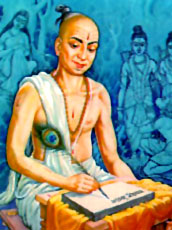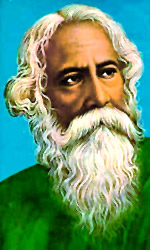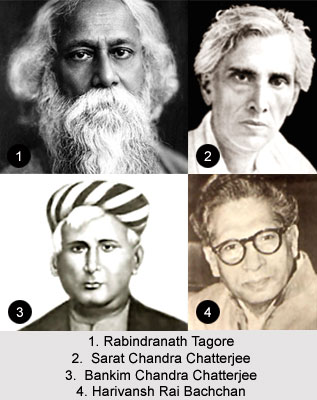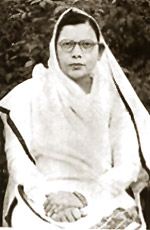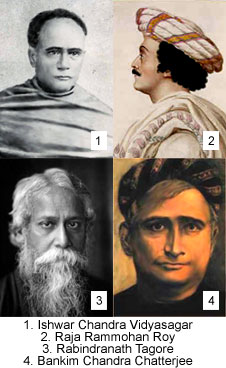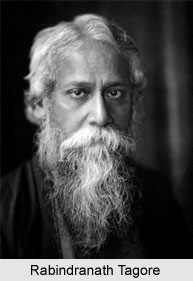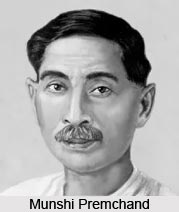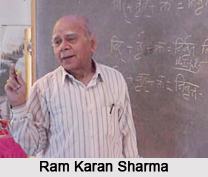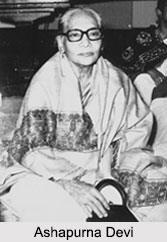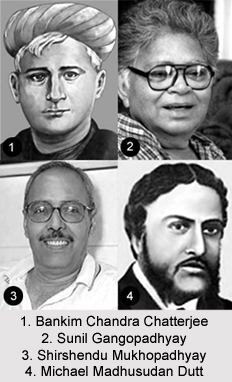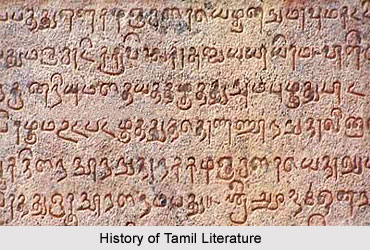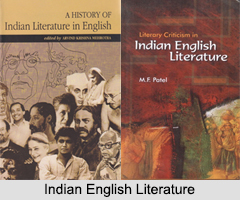Anantakandali is a famous writer of Vaishnava literature in Assamese. His poetry is distinguished by purity of thought and classical elegance of diction. It contains many descriptive passages of noble beauty. Even though the mythological references seem absurd at times, yet the poet`s artistic and absorbing eloquence cannot be ignored. Anantakandali`s Sahasranama Vrittanla, not to speak of the Dasam Bhagavata, shows scholarship and poetic skill. Anantakandali`s Ramayana is a distilled spiritual essence. It was he who for the first time established a basic identification of Lord Rama with Lord Krishna, an inspiring landmark in Vaishnava literature and religion.
Although he had a profound knowledge of Sanskrit, Anantakandali wrote in the Assamese language, and claimed for it recognition as a medium of literary expression.
This is what he said :
"I am an adept in Sanskrit verses, And can compose them well; Yet, I write in this medium, So that women and the illiterate Might get the joy of listening."
To restore treasures of Sanskrit literature from its cryptic meaning which the people could not fathom. And to present them in a popular garb to the people is the central idea behind all compositions of the Vaishnava era. It is like Tulsidas defending the use of the vernacular in his Ramacarita Manasa in reply to the Sanskrit pundits who advocated the use of Sanskrit for all literary work. It must be remembered that nowhere is Anantakandali`s genius displayed more completely than in the pleasant blend of realism, war and romance that is reflected in his Kumaraharana. It is an idyll. Compared to Rama Saraswati`s, Anantakandali`s art is precise in spirit and meaning.
This article is a stub. You can enrich by adding more information to it. Send your Write Up to content@indianetzone.com
